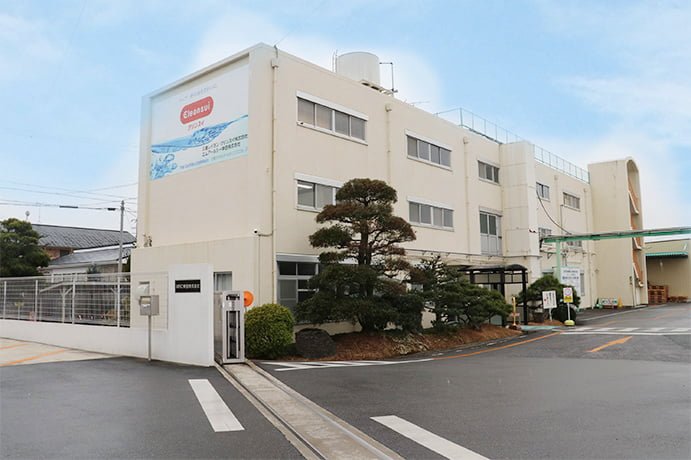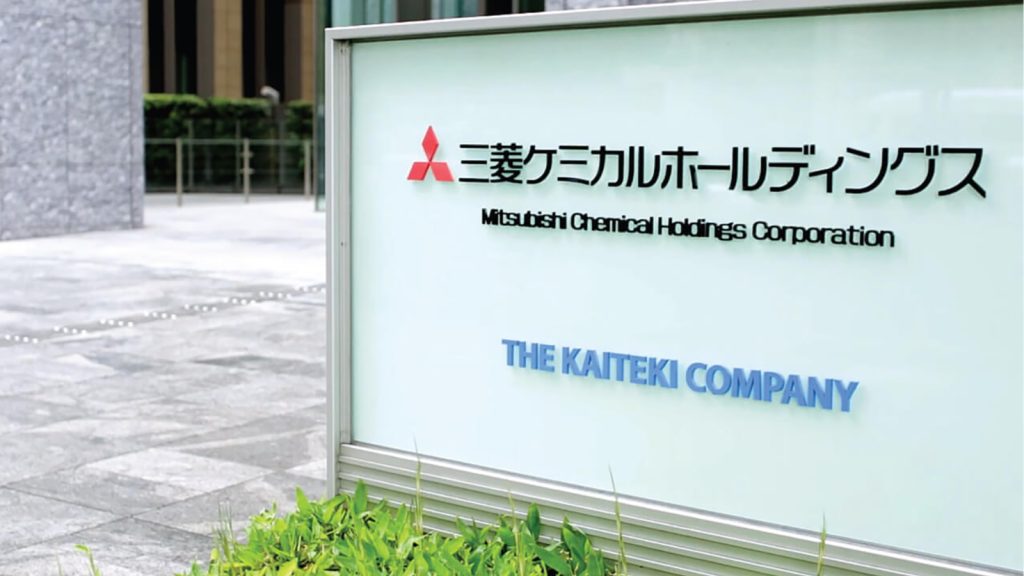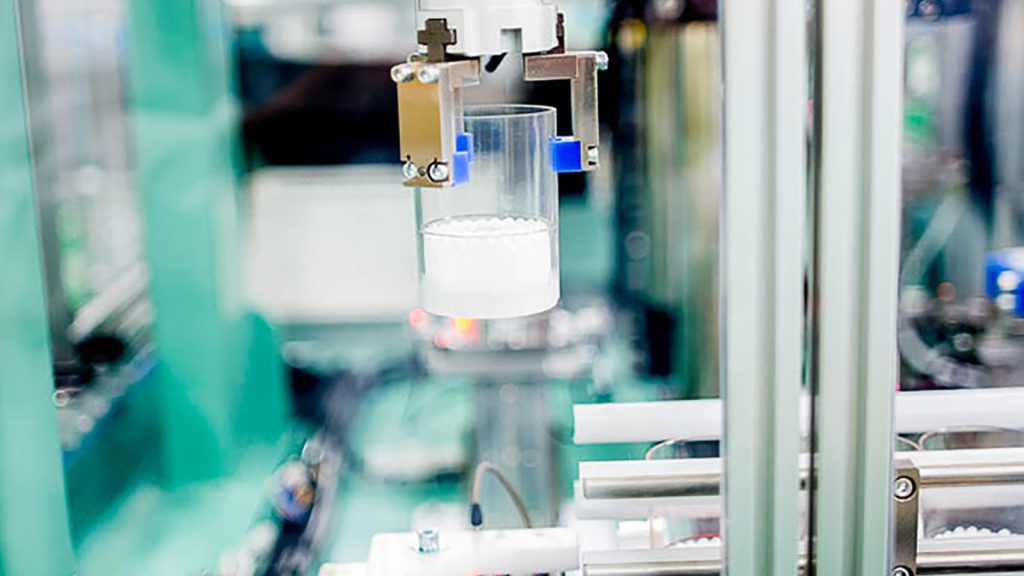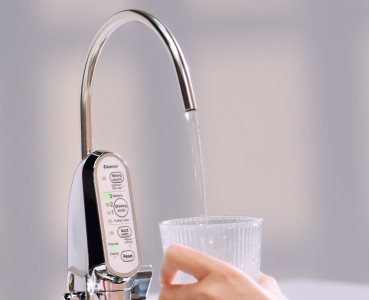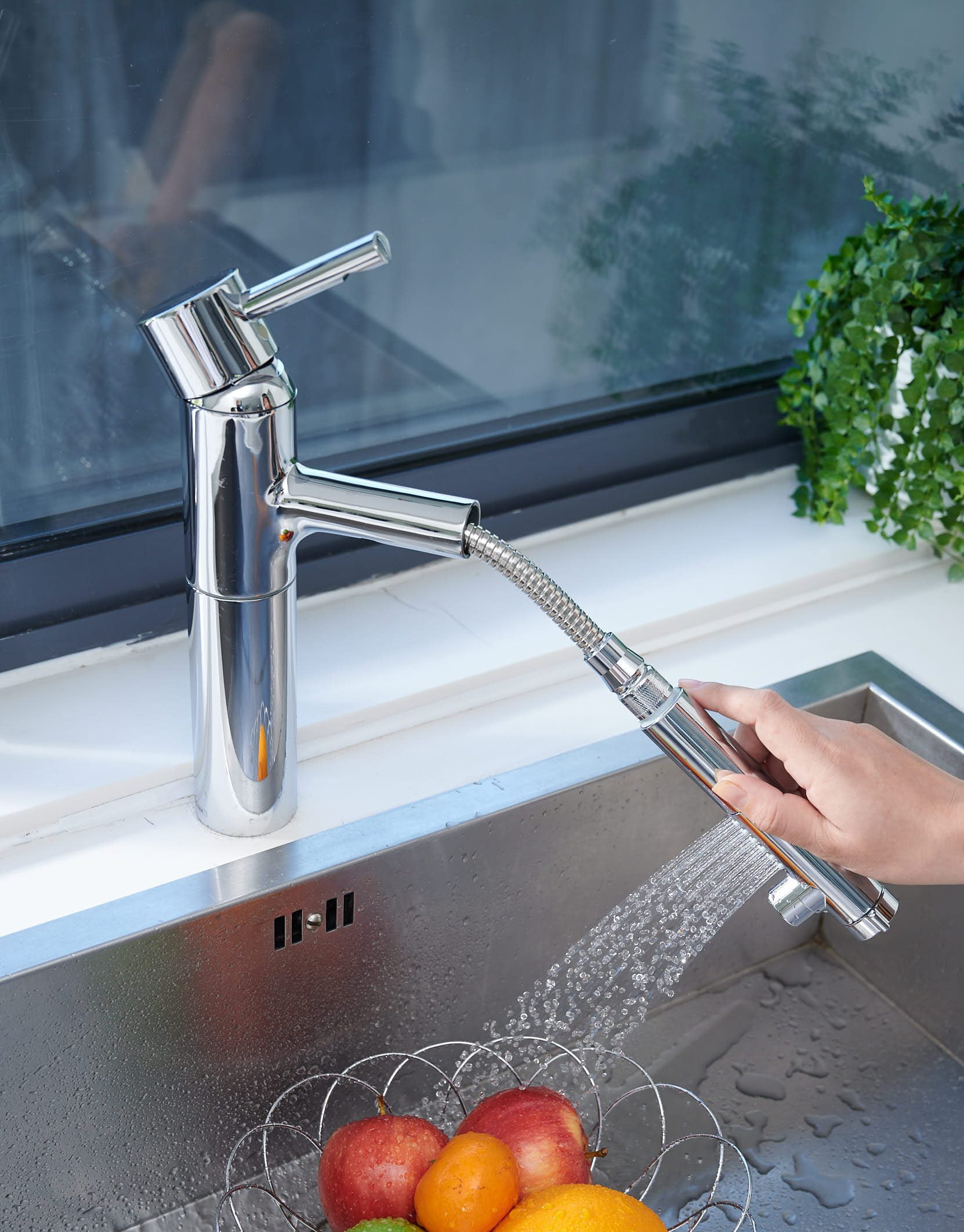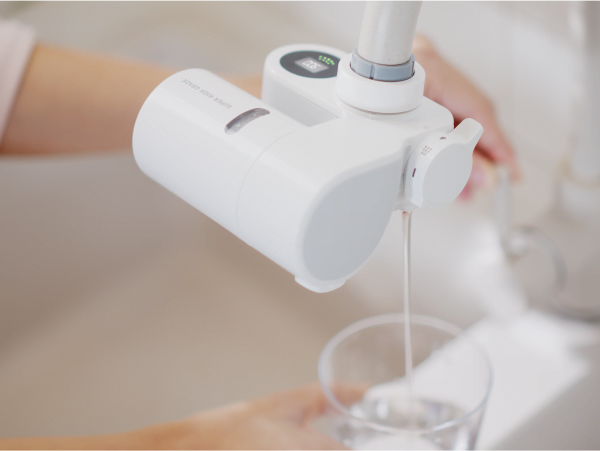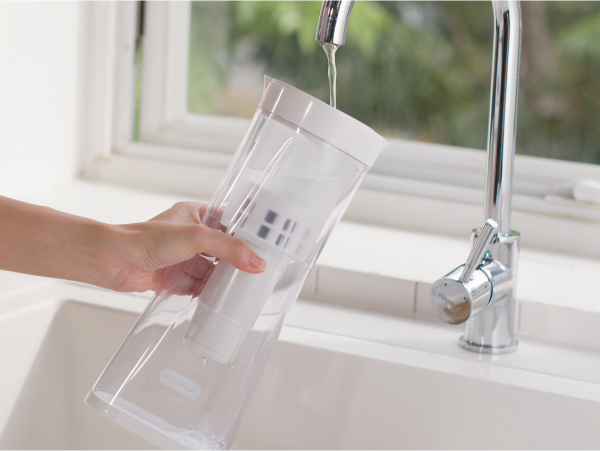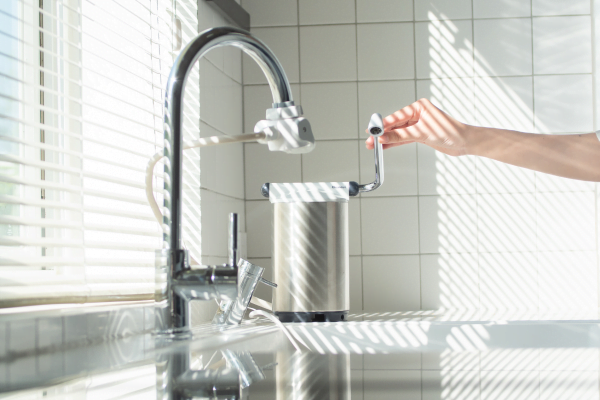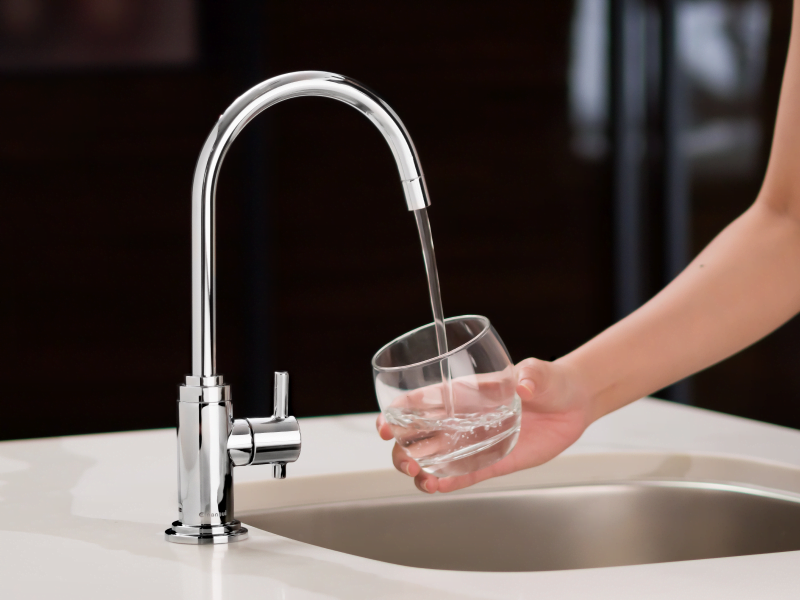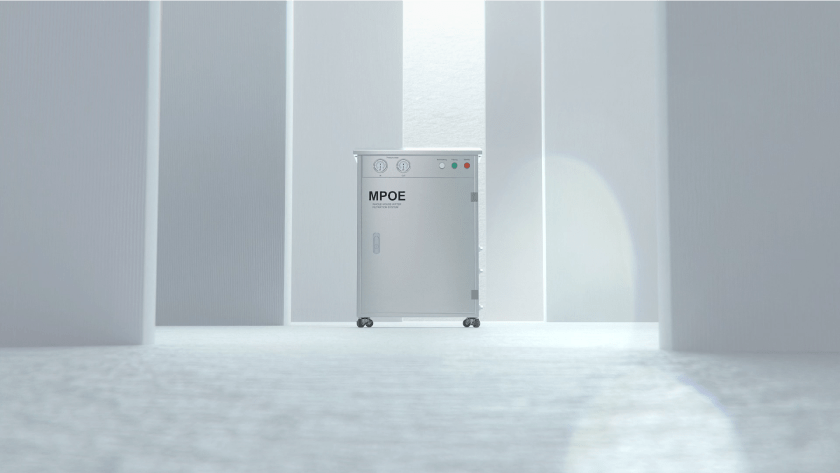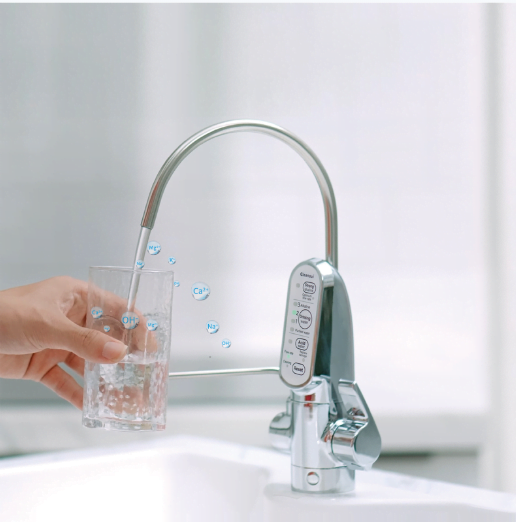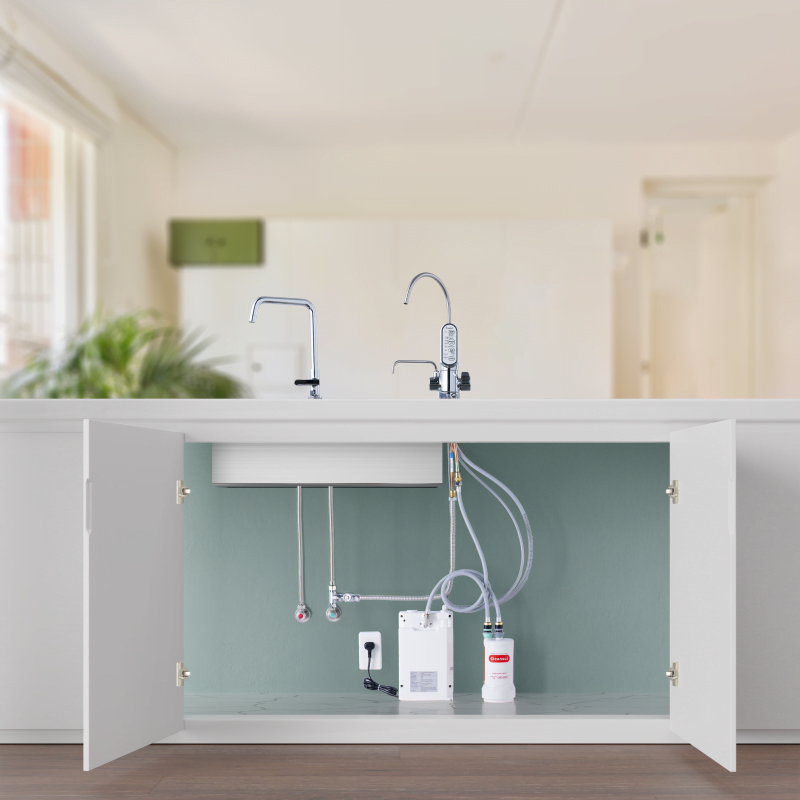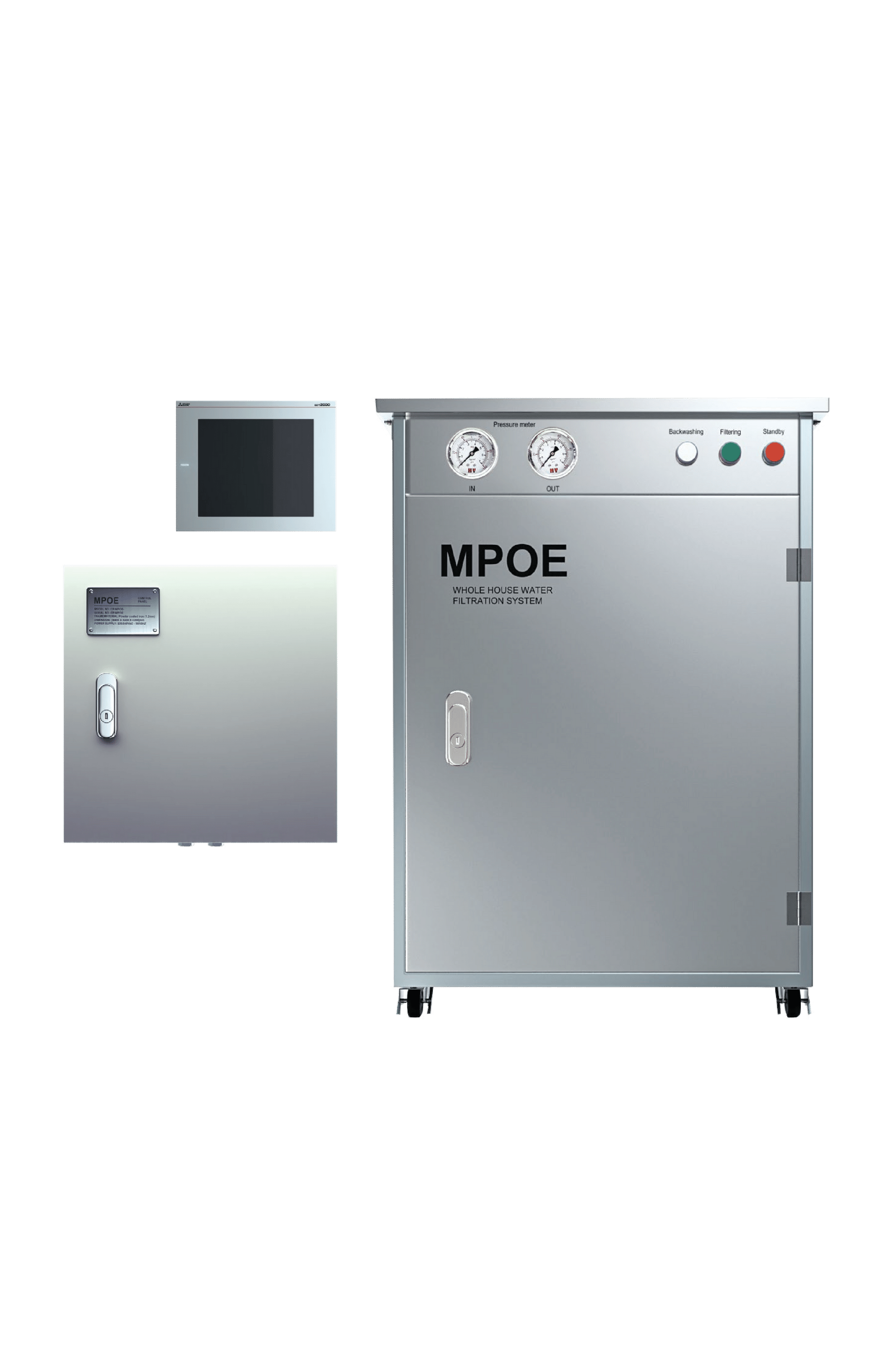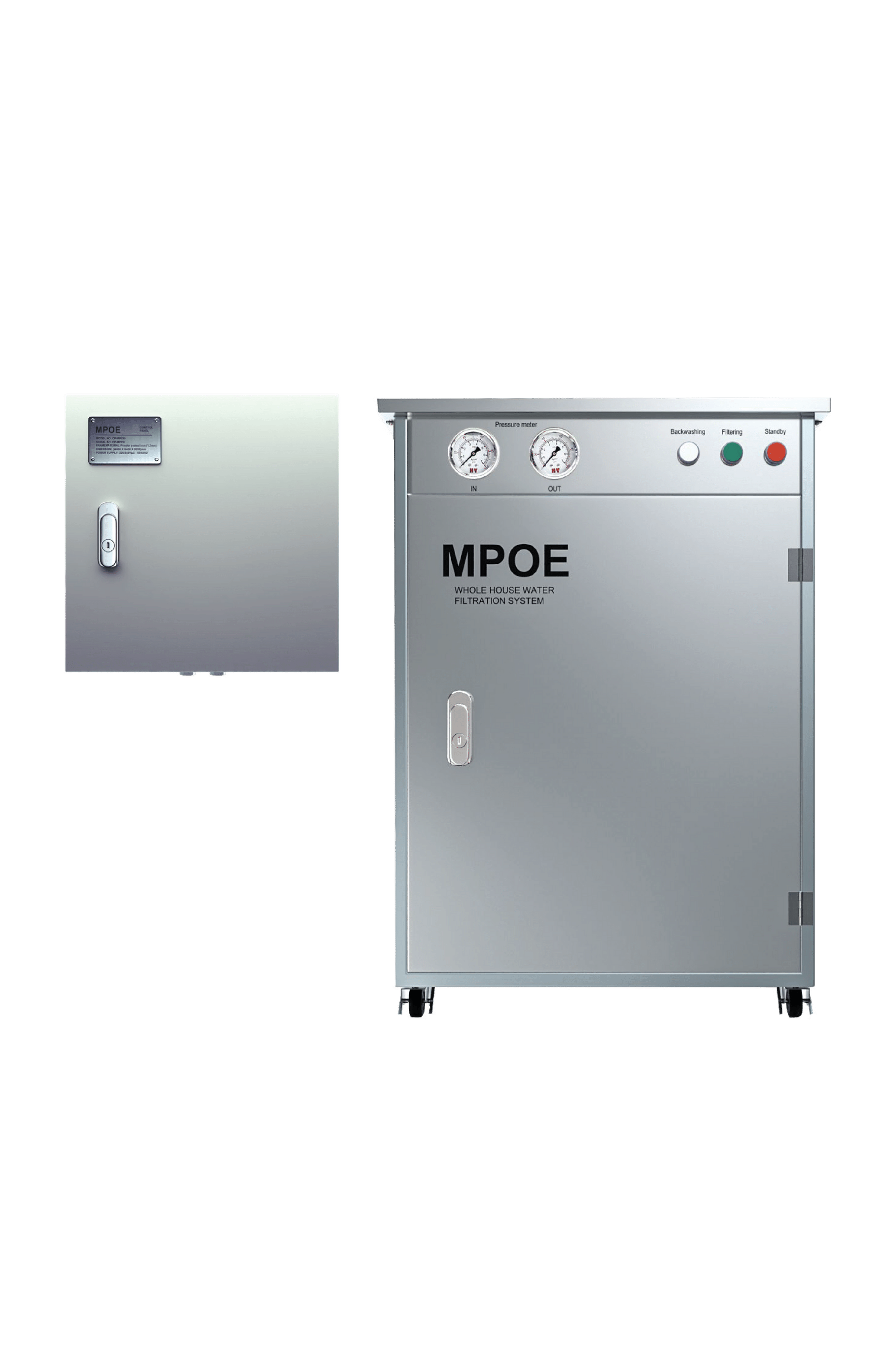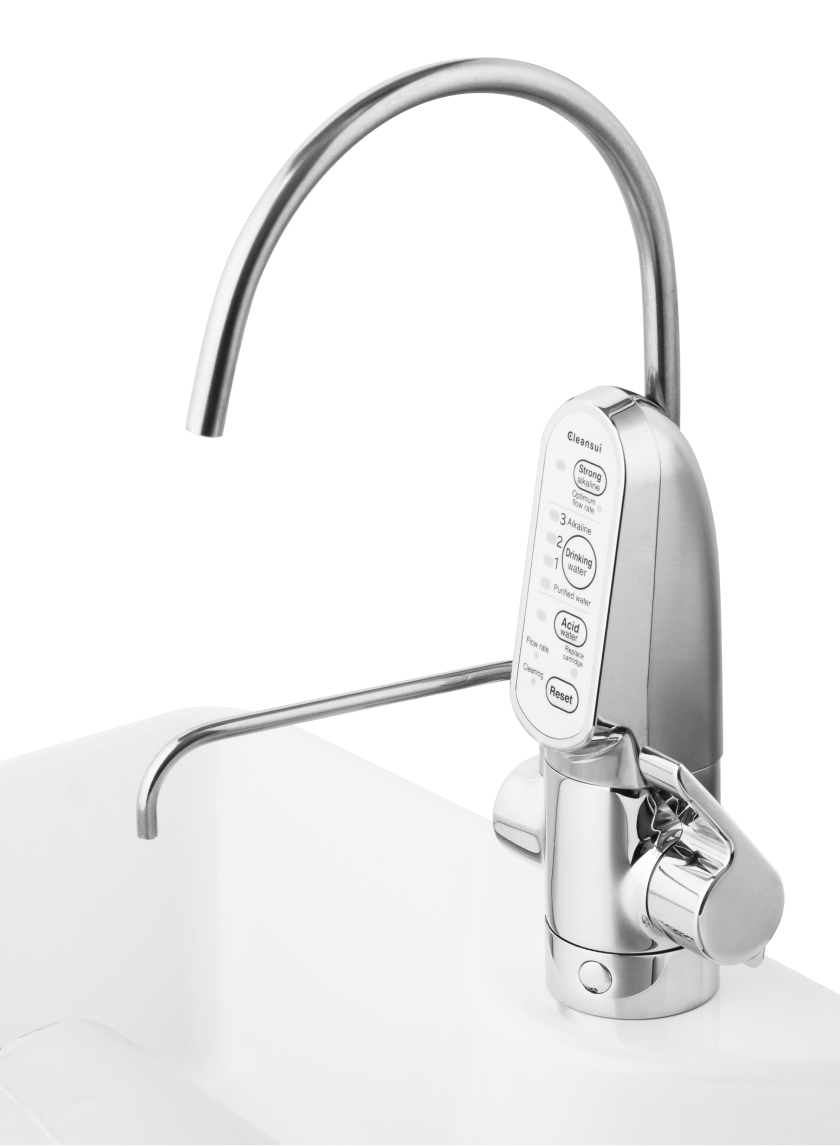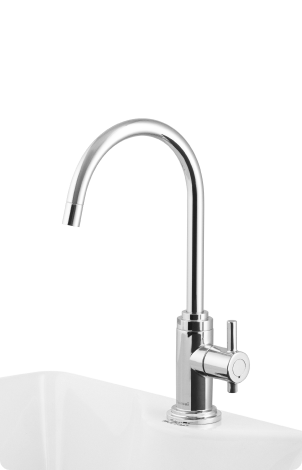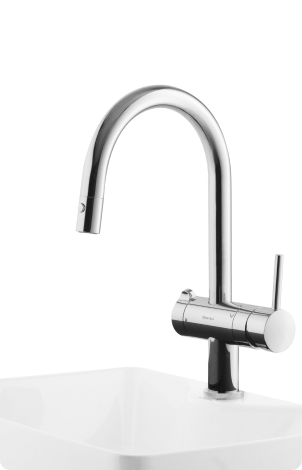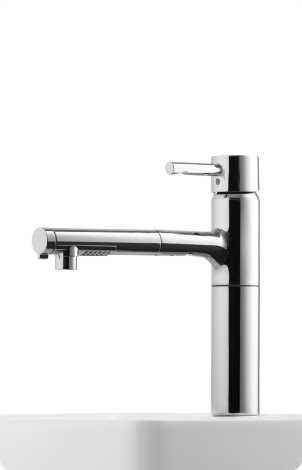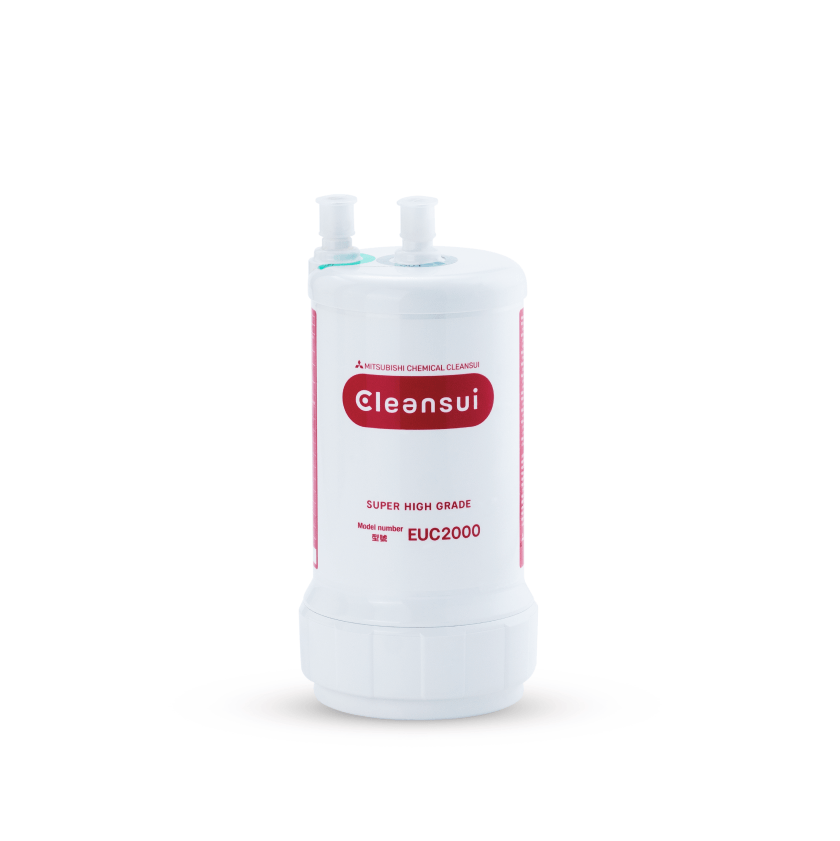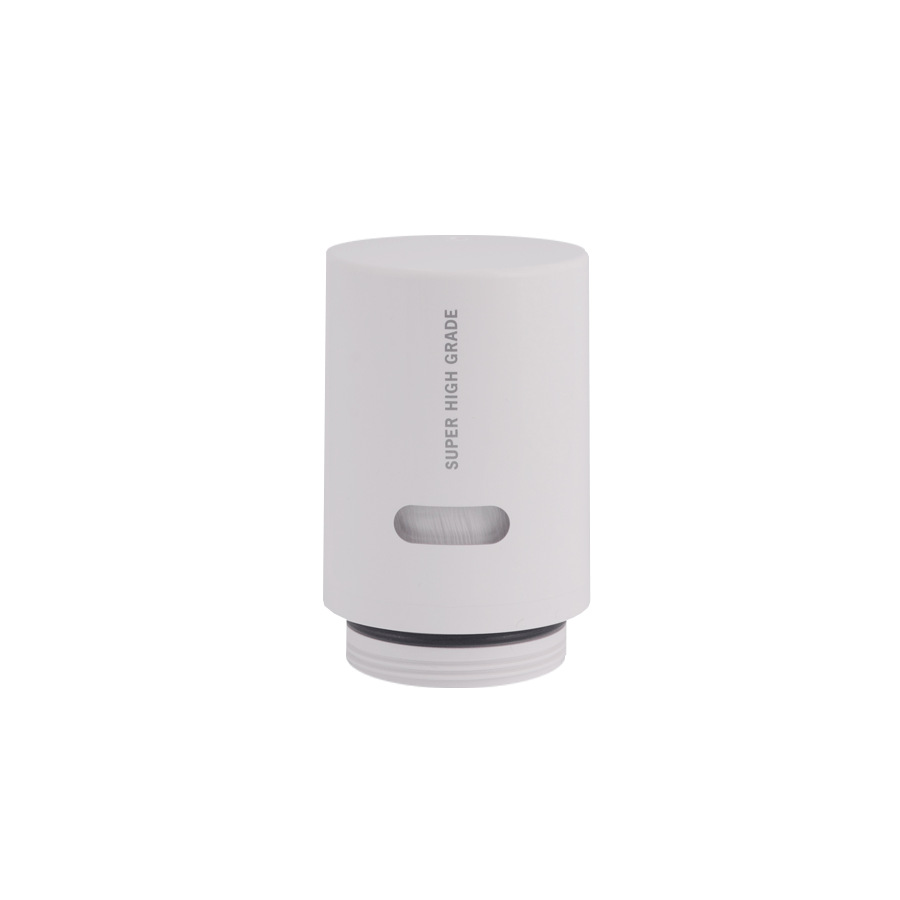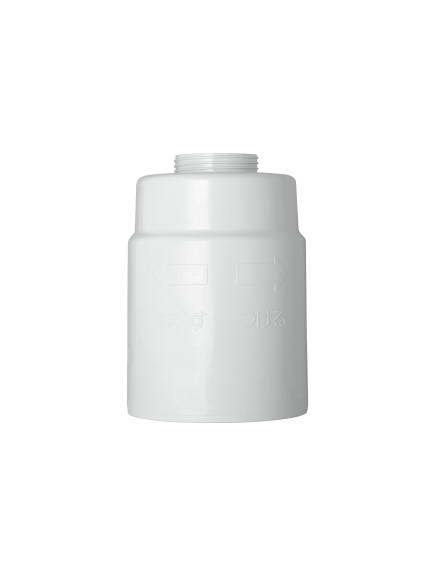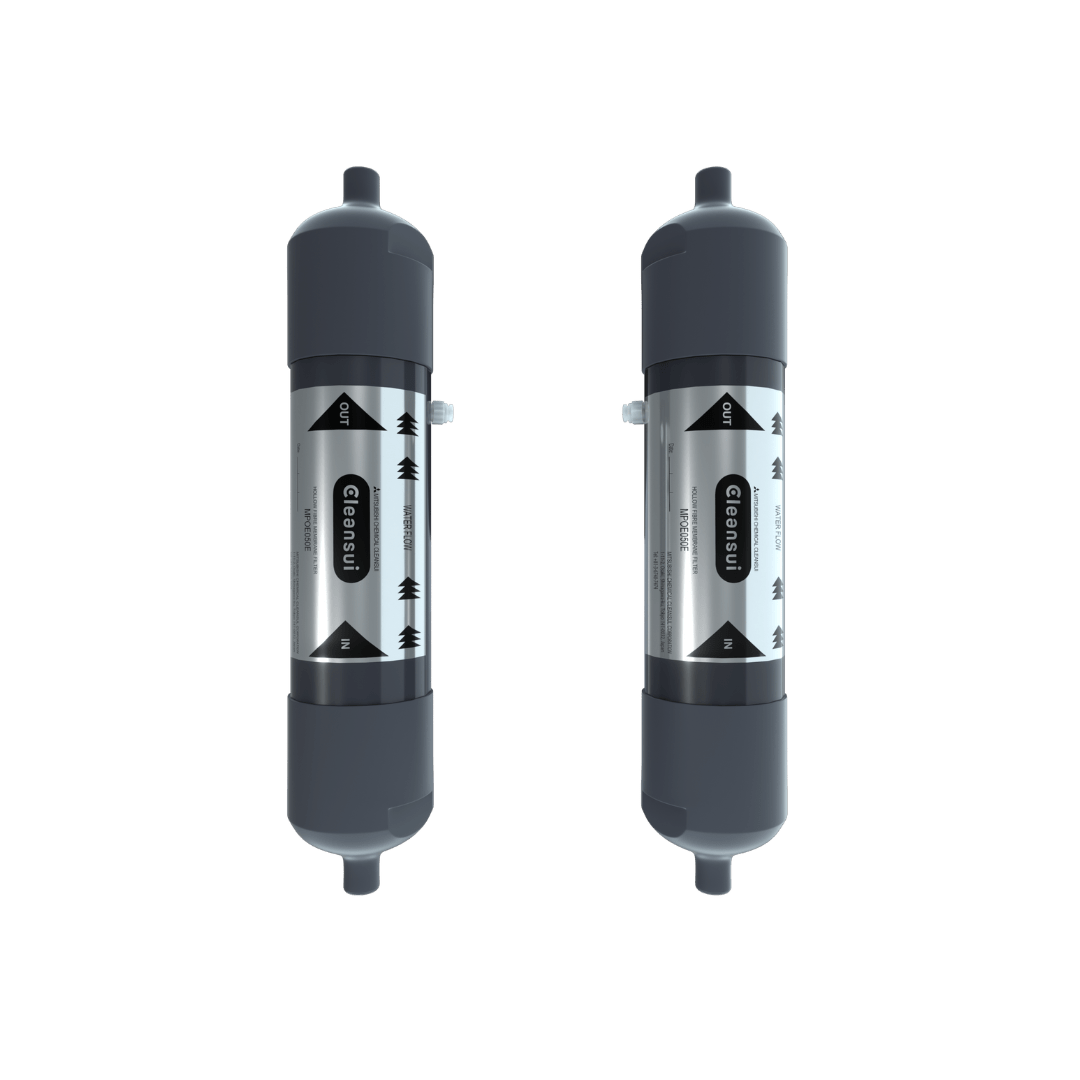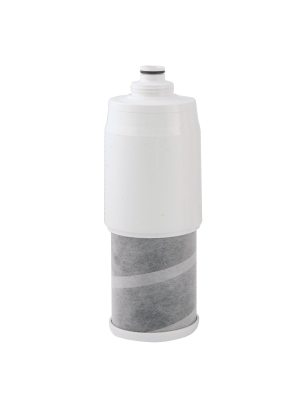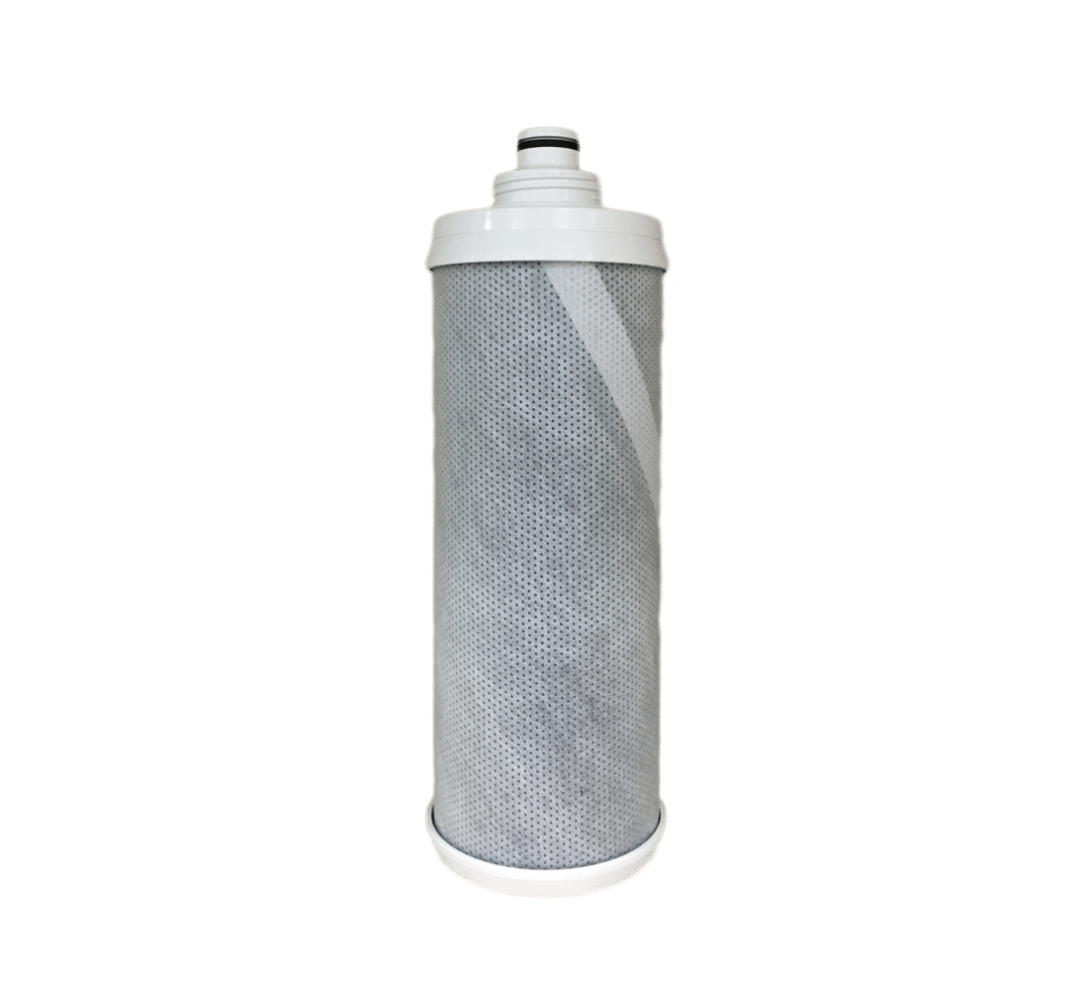Về chúng tôi
Thương hiệu
lọc nước hàng đầu Nhật Bản
Sứ mệnh
Mang nguồn nước sạch đến cho mọi nhà
Mitsubishi Cleansui luôn đảm bảo nguồn nước giữ khoáng tự nhiên, an toàn và tốt cho sức khỏe - không chỉ mang tới hạnh phúc bền vững cho con người mà còn góp phần giải quyết những vấn đề về môi trường xã hội cấp thiết.
Đọc tiếpGiá trị cốt lõi
Công nghệ cốt lõi Màng lọc sợi rỗng giúp lọc sạch chất bẩn, đồng thời giữ lại khoáng chất tự nhiên tốt cho sức khỏe trong nước uống sau lọc.
Tầm nhìn
Trở thành thương hiệu lọc nước được tin dùng nhất tại Việt Nam.
Sứ mệnh
Mang nguồn nước tốt cho sức khỏe tới cộng đồng với công nghệ an toàn và tiên tiến nhất, hướng đến xây dựng một cộng đồng khỏe mạnh trong tương lai.
Động lực
Mitsubishi Cleansui đề cao sự hài lòng của khách hàng, cảm nhận của nhân viên cùng độ trong lành của môi trường sống và luôn xem đó là động lực để nỗ lực hơn mỗi ngày.
Môi trường doanh nghiệp
Hướng tới duy trì sự phát triển bền vững, chú trọng đến việc kiến tạo không gian và môi trường làm việc hiệu quả, chuyên nghiệp.

Công nghệ Màng lọc sợi rỗng -
“Trái tim” bộ lọc Cleansui

Khoáng tự nhiên
mỗi ngày
 Giữ nguyên các khoáng chất tự nhiên có lợi trong nước, tốt cho sức khỏe
Giữ nguyên các khoáng chất tự nhiên có lợi trong nước, tốt cho sức khỏe Giảm rác thải chai nhựa, xây dựng phong cách sống bền vững
Giảm rác thải chai nhựa, xây dựng phong cách sống bền vững Công suất lọc lớn với thiết kế cực nhỏ gọn
Công suất lọc lớn với thiết kế cực nhỏ gọn
Sản phẩm nổi bật



Trách nhiệm xã hội

Mitsubishi Cleansui – Khởi đầu từ nước, vì sức khỏe cộng đồng
Là đơn vị sản xuất các thiết bị lọc nước, Mitsubishi Cleansui hiểu rằng chúng tôi có nghĩa vụ cung cấp những sản phẩm, dịch vụ có lợi cho sức khỏe cộng đồng, mang lại giá trị tích cực cho xã hội chính là sứ mệnh của Mitsubishi Cleansui.
- Mang đến nguồn nước sạch – chìa khóa cho lối sống lành mạnh, nâng cao sức khỏe; đồng thời giúp giảm thiểu rác thải từ nước uống đóng chai.
- Đảm bảo quy trình sản xuất và quản lý tài nguyên hiệu quả, giảm thiểu tác động tiêu cực của sản xuất đến môi trường.
- Thực hiện trách nhiệm xã hội bằng cách tham gia các hoạt động từ thiện, hỗ trợ cộng đồng và các hoạt động bảo vệ môi trường.
- Tăng cường trách nhiệm xã hội của đối tác cung cấp và khách hàng thông qua việc thúc đẩy chuỗi cung ứng bền vững và ứng xử đạo đức; truyền thông xây dựng lối sống lành mạnh, thân thiện môi trường.
Tin tức
Tạp chí Cleansui
Liên tục cập nhật để mang đến cho bạn thông tin mới nhất về Cleansui
Xem tất cảĐọc theo chủ đề

Chạy Vì Trái Tim 2024 – Mitsubishi Cleansui góp phần mang đến trái tim khỏe mạnh cho trẻ em Việt Nam
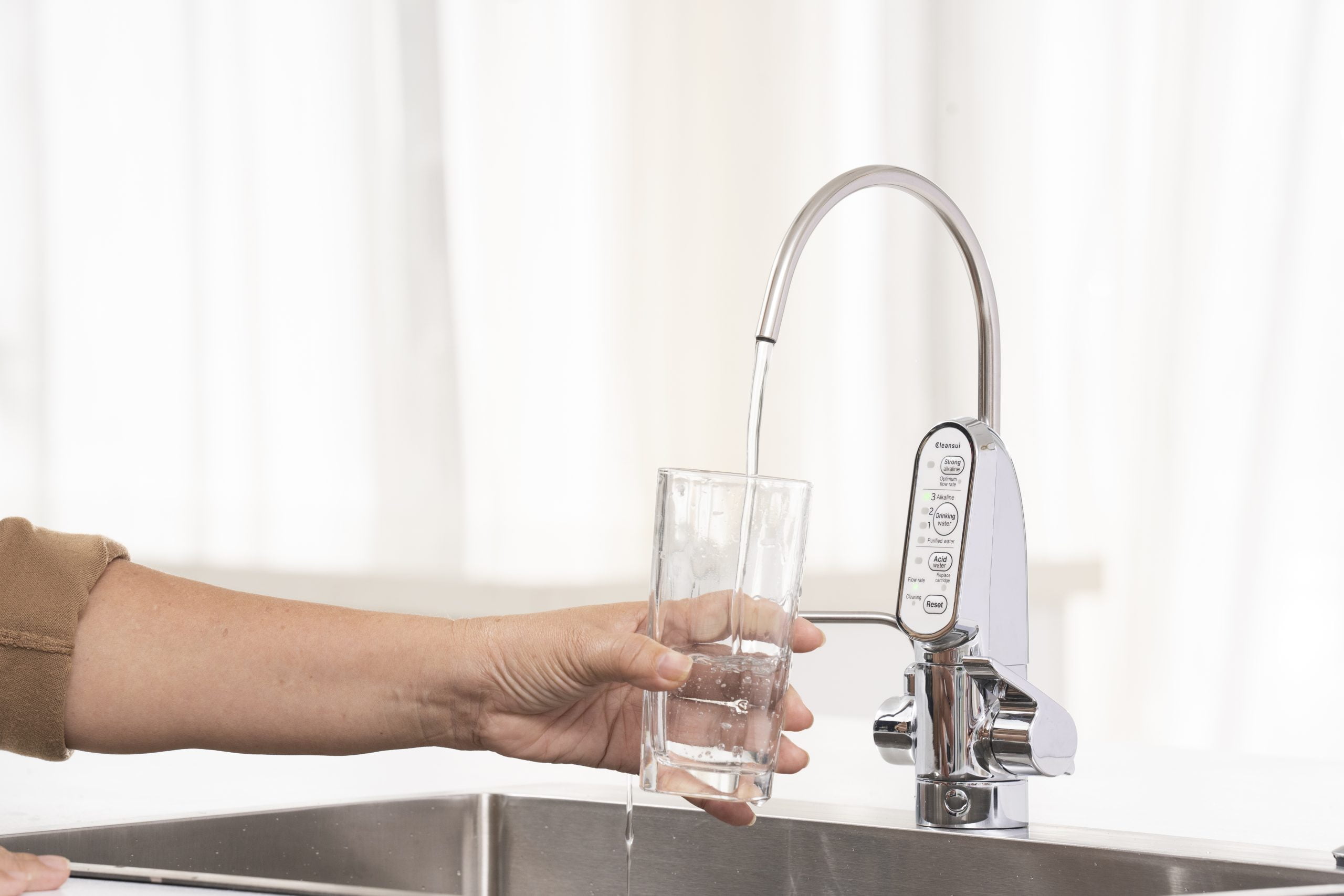
Nước bình hay Thiết bị lọc nước Mitsubishi Cleansui tiện lợi hơn?
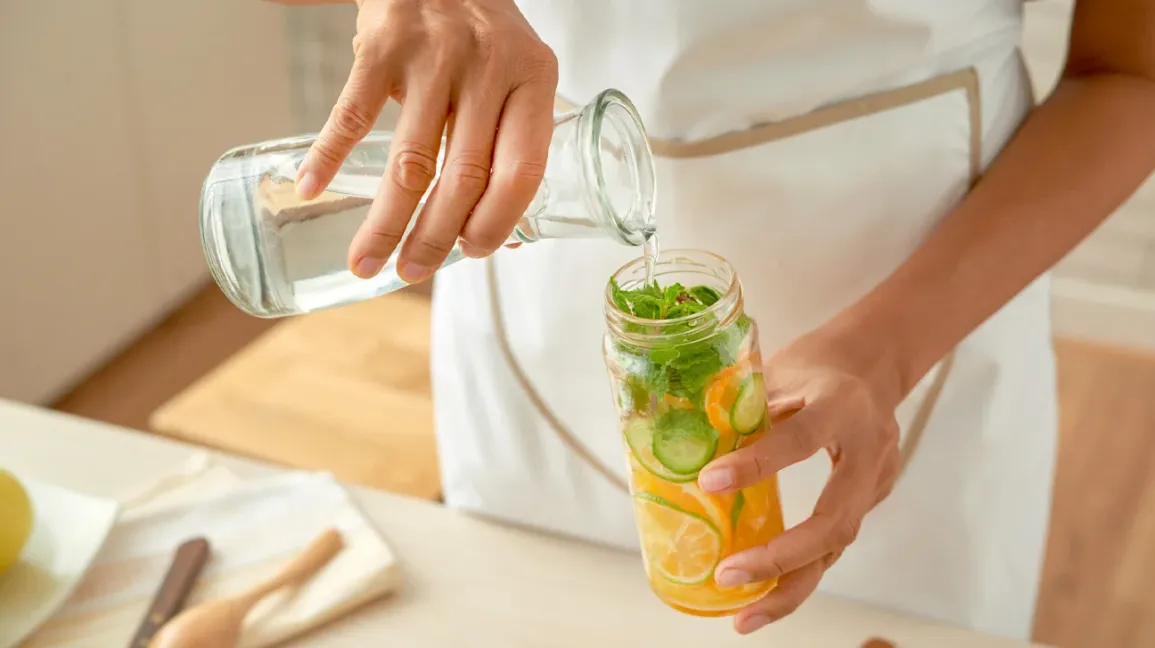
Detox toàn diện cho cơ thể với thiết bị Cleansui EU301
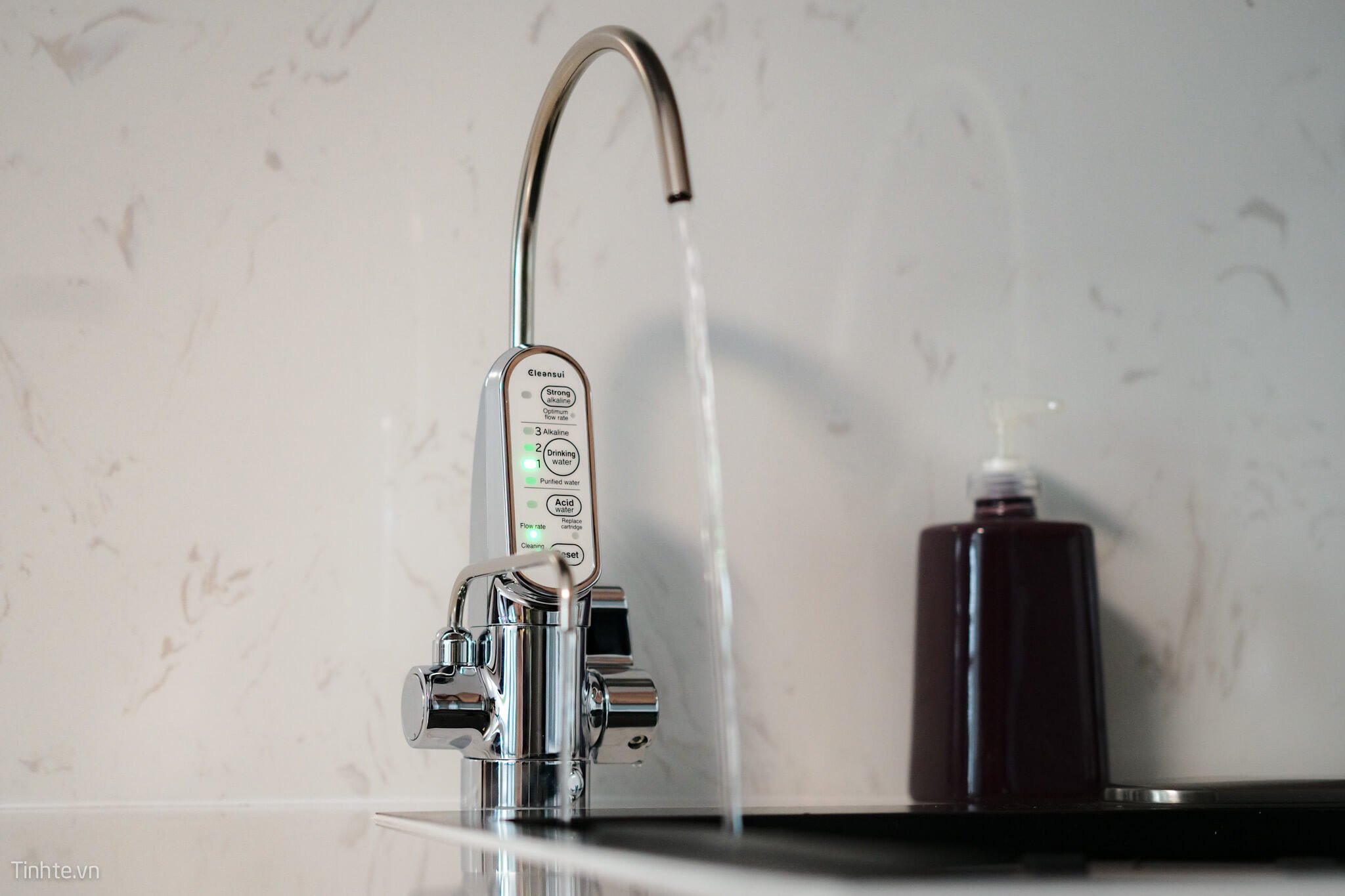
Trên tay thiết bị lọc nước điện giải ion kiềm Cleansui EU301

Lưu ý khi chọn máy lọc nước giữ khoáng

Detox toàn diện cho cơ thể với thiết bị Cleansui EU301

Lưu ý khi chọn máy lọc nước giữ khoáng
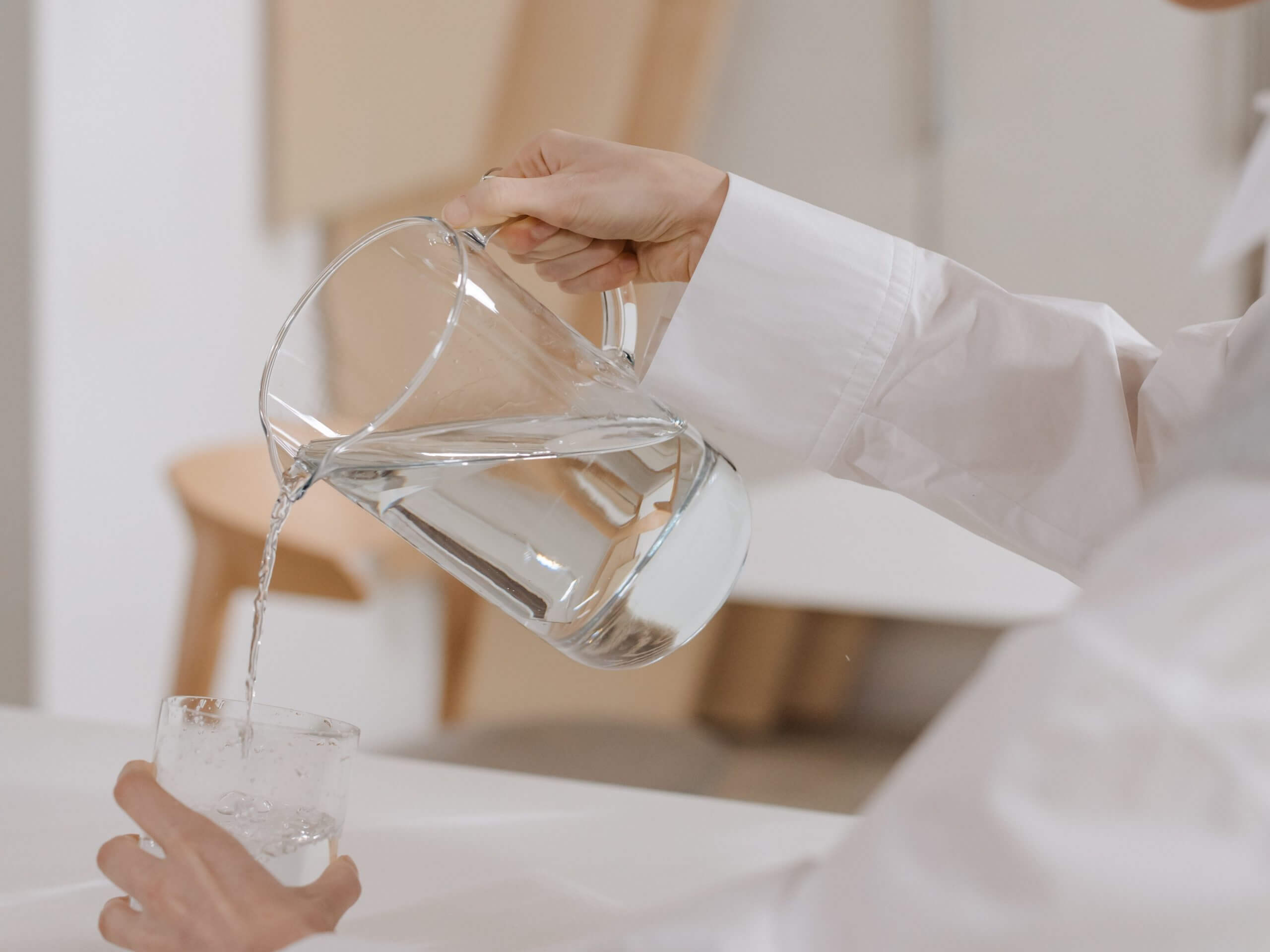
Có nên chọn nước uống có khoáng chất tự nhiên?
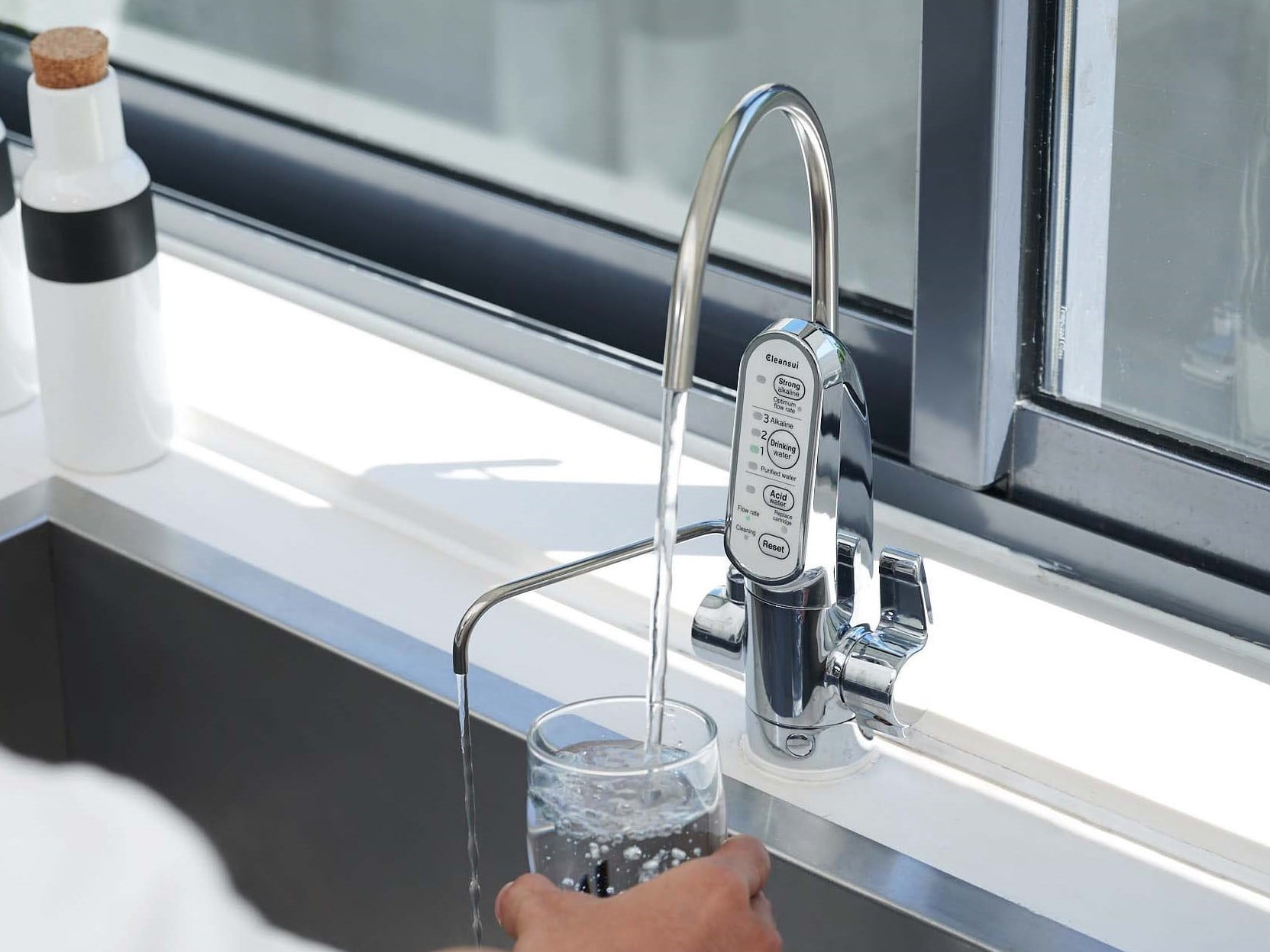
Ứng dụng của 6 chế độ pH từ thiết bị lọc nước tạo ion kiềm Cleansui EU301

Chạy Vì Trái Tim 2024 – Mitsubishi Cleansui góp phần mang đến trái tim khỏe mạnh cho trẻ em Việt Nam
Sáng ngày 23/03/2024 tại công viên Yên Sở, Gamuda City, quận Hoàng Mai, Hà Nội chương trình gây quỹ “Chạy Vì Trái Tim 2024″ đã diễn ra vô cùng sôi động. Tất cả số tiền gây quỹ sẽ được sử dụng để hỗ trợ phẫu thuật cho hàng nghìn em nhỏ bị mắc bệnh tim […]

Nước bình hay Thiết bị lọc nước Mitsubishi Cleansui tiện lợi hơn?
Để trả lời cho câu hỏi này, hãy theo dõi bài viết sau đây của Mitsubishi Cleansui. Là một trong những thương hiệu lọc nước uy tín hàng đầu Nhật Bản, Mitsubishi Cleansui đã tạo dấu ấn mạnh mẽ tại thị trường Việt Nam với nhiều dòng sản phẩm chất lượng cùng thiết kế nhỏ […]

Detox toàn diện cho cơ thể với thiết bị Cleansui EU301
Detox là phương pháp thanh lọc cơ thể với những nguyên liệu phong phú, dễ làm, có thể tùy ý phối hợp theo khẩu vị và sở thích đang rất được lòng những người ít thời gian, nhất là giới văn phòng. Ngoài những công thức detox quen thuộc với trái cây hoặc rau rủ, […]

Trên tay thiết bị lọc nước điện giải ion kiềm Cleansui EU301
Với vô vàn các sản phẩm lọc nước trên thị trường, điều dễ hiểu là anh em sẽ gặp phải không ít khó khăn khi mua hàng. Hôm nay, mình sẽ giới thiệu với anh em thiết bị điện giải ion kiềm Cleansui EU301 của Tập đoàn Mitsubishi từ Nhật Bản. Thiết bị có khả năng tạo […]

Lưu ý khi chọn máy lọc nước giữ khoáng
Theo các chuyên gia, gia đình nên chọn máy lọc nước theo ba tiêu chí: nguồn gốc xuất xứ, công nghệ lọc và chất lượng nguồn nước. Nước thường chứa các khoáng chất tự nhiên như là natri, canxi, kali, magie, sắt, kẽm… Cơ thể sử dụng các khoáng chất để thực hiện nhiều chức […]

Detox toàn diện cho cơ thể với thiết bị Cleansui EU301
Detox là phương pháp thanh lọc cơ thể với những nguyên liệu phong phú, dễ làm, có thể tùy ý phối hợp theo khẩu vị và sở thích đang rất được lòng những người ít thời gian, nhất là giới văn phòng. Ngoài những công thức detox quen thuộc với trái cây hoặc rau rủ, […]

Lưu ý khi chọn máy lọc nước giữ khoáng
Theo các chuyên gia, gia đình nên chọn máy lọc nước theo ba tiêu chí: nguồn gốc xuất xứ, công nghệ lọc và chất lượng nguồn nước. Nước thường chứa các khoáng chất tự nhiên như là natri, canxi, kali, magie, sắt, kẽm… Cơ thể sử dụng các khoáng chất để thực hiện nhiều chức […]

Có nên chọn nước uống có khoáng chất tự nhiên?
Khoáng chất tự nhiên có vai trò quan trọng đối với cơ thể. Chính vì vậy ngoài chế độ ăn uống cân bằng với các thực phẩm giàu khoáng, nước có khoáng tự nhiên cũng là sự lựa chọn của nhiều người. Vai trò của khoáng chất trong nước đối với cơ thể Chiếm đến […]

Ứng dụng của 6 chế độ pH từ thiết bị lọc nước tạo ion kiềm Cleansui EU301
Thiết bị lọc nước tạo ion kiềm Cleansui EU301 đặc trưng bởi khả năng tạo 6 chế độ nước với các mức pH từ 5.0 đến trên 10.0. Mỗi chế độ nước sẽ được dùng vào mục đích riêng biệt như uống trực tiếp, nấu ăn, pha chế đồ uống hay chăm sóc da, tóc. Ứng […]
Khoáng tự nhiên và ion kiềm mỗi ngày
Liên hệ
Mitsubishi Cleansui mang đến nhiều lựa chọn sản phẩm, từ bình lọc nước cầm tay, thiết bị lọc nước trên bồn rửa, hoặc tích hợp tiện lợi dưới bồn rửa, và giải pháp lọc nước công suất lớn cho gia đình. Hãy đặt lịch tư vấn ngay hôm nay!

